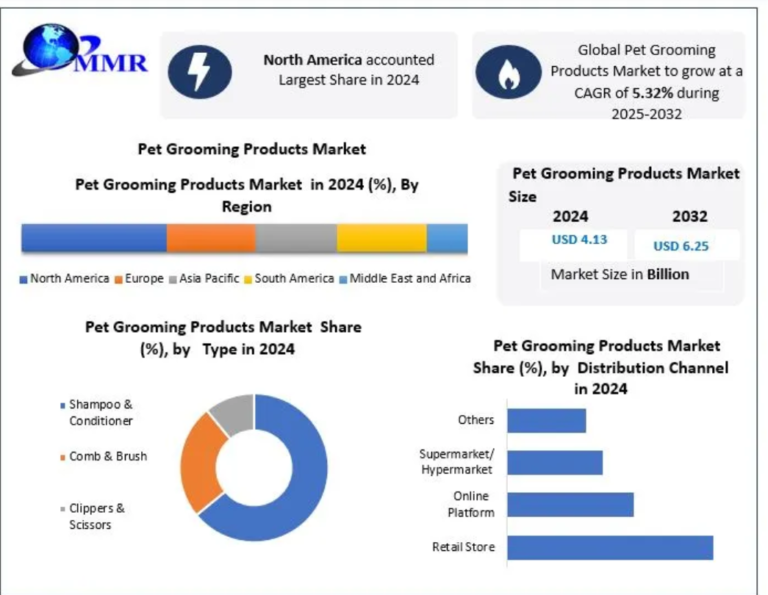The bottling process can make or break your olive oil production line. Whether you’re a small artisanal producer or managing a large-scale operation, selecting the right equipment is crucial for maintaining product quality, ensuring efficiency, and meeting industry standards. An olive oil filling machine is a significant investment that directly impacts your production capacity, product consistency, and bottom line.
Understanding which features matter most can help you avoid costly mistakes and choose equipment that grows with your business. In this comprehensive guide, we’ll explore the five essential features you should prioritise when evaluating filling machines for your olive oil production needs.
1. Stainless Steel Construction: The Foundation of Quality
The material composition of your filling machine isn’t just about aesthetics—it’s fundamental to product integrity and equipment longevity. Stainless steel construction, particularly food-grade 304 or 316 stainless steel, should be non-negotiable for olive oil applications.
Olive oil is susceptible to oxidation and can be affected by reactive materials. Stainless steel provides an inert surface that won’t contaminate your product or alter its flavour profile. This premium material resists corrosion even when exposed to acidic varieties of olive oil, ensuring your equipment maintains its structural integrity over years of use.
Beyond product safety, stainless steel offers practical advantages for daily operations. The smooth, non-porous surface prevents bacterial growth and makes sanitisation straightforward. This is particularly important in food production environments where hygiene standards are strictly regulated. Additionally, stainless steel withstands repeated cleaning with industrial-grade sanitisers without degrading or developing pits where contaminants could hide.
When evaluating machines, examine not just the contact parts but also the frame and housing. A fully stainless steel construction provides better durability and presents a professional appearance that reflects well on your brand, especially if clients or inspectors visit your facility.
2. Adjustable Fill Volume Range: Flexibility for Market Demands
Modern olive oil markets demand versatility. Consumers purchase everything from 250ml bottles for personal use to gallon containers for commercial kitchens. Your filling equipment should accommodate this diversity without requiring multiple machines or extensive reconfiguration.
Look for machines with a wide adjustable fill volume range that covers your current product line and allows room for expansion. The best systems offer precise volume control through programmable settings, enabling you to switch between bottle sizes quickly with minimal downtime. This flexibility becomes invaluable during seasonal demand fluctuations or when introducing new product sizes.
Digital volume controls provide superior accuracy compared to manual adjustment systems. They ensure consistency across every bottle, reducing product waste and maintaining the exact fill levels required by labelling regulations. Some advanced machines even store preset configurations for different bottle sizes, allowing operators to switch products with a few button presses.
Consider your plans when assessing the volume range. If you currently bottle only 500ml and 750ml sizes but plan to introduce smaller gift sets or larger commercial containers, invest in equipment that can handle that growth trajectory from day one.
3. Advanced Automation Controls: Precision Meets Efficiency
Automation technology has revolutionised filling operations, transforming what was once a labour-intensive process into a streamlined, efficient system. Modern automation controls offer multiple layers of value beyond simple time savings.
Programmable logic controllers (PLCs) serve as the brain of contemporary filling machines, offering precise control over fill rates, timing, and sequencing. These systems can manage complex filling patterns, coordinate with conveyor systems, and adjust parameters in real-time to maintain consistency. Touchscreen interfaces make these sophisticated controls accessible, allowing operators to monitor performance metrics, adjust settings, and troubleshoot issues without specialised technical knowledge.
Automated systems also include safety features that protect both operators and products. Sensors detect bottle presence before initiating fills, preventing spills and waste. Automated shut-offs stop operation if bottles jam or fall, avoiding messy cleanups and potential equipment damage. Some machines incorporate vision systems that verify proper fill levels and can reject underfilled or overfilled containers.
Integration capabilities represent another crucial automation aspect. Modern filling machines can connect with inventory management systems, production tracking software, and other bottling line equipment like cappers and labellers. This connectivity enables comprehensive production monitoring and data collection for quality control and regulatory compliance.
4. No-Drip Filling Nozzles: Maintaining Product Integrity
The filling nozzle design directly affects both product quality and operational efficiency. Olive oil’s viscosity makes it particularly susceptible to dripping and stringing, which creates multiple problems in your production line.
Premium filling machines incorporate specialised no-drip nozzle technology designed specifically for oils and viscous liquids. These nozzles feature anti-drip valves that create a clean cut-off at the end of each fill cycle, preventing those persistent drips that waste product and create messy bottles requiring extra cleanup.
Beyond cleanliness, proper nozzle design prevents oxidation. When olive oil is exposed to air during filling, it begins to degrade. Quality nozzles minimise splashing and foaming, which increases air incorporation. Some advanced systems offer bottom-up filling, where the nozzle descends into the bottle and fills from the bottom, significantly reducing air exposure and preserving the oil’s delicate flavour compounds.
Nozzle flexibility matters too. Look for machines with adjustable nozzle height to accommodate different bottle sizes without modification. Multiple nozzle configurations allow you to run several bottles simultaneously, dramatically increasing throughput for high-volume operations.
Easy nozzle maintenance should also factor into your decision. Nozzles that disassemble quickly for cleaning ensure consistent sanitation without lengthy downtimes that impact production schedules.
5. Easy Maintenance and Cleaning Access: Sustaining Long-Term Performance
A machine’s value extends far beyond its purchase price—ongoing maintenance costs and downtime can significantly impact your total cost of ownership. Equipment designed with maintenance in mind pays dividends throughout its operational life.
Modular design represents the gold standard in maintainable equipment. Machines with easily accessible components allow your maintenance team to service, repair, or replace parts without disassembling the entire system. This accessibility reduces both labour costs and downtime during routine maintenance or unexpected repairs.
Tool-free disassembly features enable quick cleaning between production runs or product changes. This is particularly important if you bottle different olive oil varieties or other products on the same line. The ability to thoroughly clean and sanitise equipment quickly prevents cross-contamination and meets food safety requirements.
Comprehensive documentation and support should accompany any quality machine. Look for manufacturers who provide detailed maintenance manuals, instructional videos, and responsive technical support. Some offer training programs for your operators and maintenance staff, ensuring your team can handle routine tasks independently while knowing expert help is available for complex issues.
Consider parts availability when selecting a manufacturer. Machines from established companies typically have readily available replacement parts, preventing extended downtimes waiting for components to arrive. Some manufacturers maintain parts inventories specifically for food processing equipment, guaranteeing rapid fulfilment of urgent orders.
Making Your Investment Count
Selecting the right filling equipment requires balancing immediate needs with long-term goals. These five features—stainless steel construction, adjustable fill volumes, advanced automation, no-drip nozzles, and maintenance accessibility—form the foundation of a reliable, efficient olive oil bottling operation.
While initial cost matters, focus on total value over the equipment’s lifespan. A well-chosen machine with these essential features will deliver consistent performance, require less maintenance, minimise product waste, and adapt to your evolving business needs. It becomes not just a piece of equipment but a competitive advantage that enables you to deliver quality products efficiently while positioning your operation for sustainable growth.





